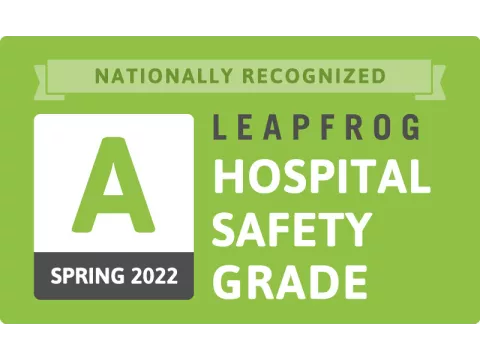- AdventHealth
Recent News
Hurricane staffing and emergency activations are underway at all locations in Greater Tampa Bay, the Heartland Region and Greater Marion County.
AdventHealth Sebring and South Florida State College unveiled the new AdventHealth Sebring Center for Nursing Excellence at South Florida State College’s Highlands Campus in Avon Park recently. South...
Dunkel will assume leadership of the three facilities on July 31.
AdventHealth Sebring is the first hospital in Highlands County to be named an accredited silver status geriatric emergency department by the American College of Emergency Physicians (ACEP) through its...
Randy Surber, current president and CEO of AdventHealth Lake Placid, AdventHealth Sebring and AdventHealth Wauchula has announced he is retiring September 30, 2022.
AdventHealth Sebring has achieved an “A” patient safety grade by the prestigious Leapfrog Group. The safety grade is awarded based on a hospital’s performance in preventing medical errors, injuries...
AdventHealth is excited to announce the newest rookies of the 2022 NFL draft, the AdventHealth Bucs Babies, with the Tampa Bay Buccaneers.
AdventHealth Sebring has achieved accreditation as a Center of Excellence in Robotic Surgery for providing the highest quality of care and patient safety by the Surgical Review Corporation (SRC).
National health care watchdog The Leapfrog Group has awarded AdventHealth the Emerald Award for Outstanding Achievement by a Health Care System, a first for any health system.
AdventHealth has started to see a decline in COVID-19 cases at its facilities across West Florida.
There are currently NO CHANGES to elective procedures at AdventHealth locations in Hardee, Highlands, Hillsborough, Marion, Pasco and Pinellas counties.
AdventHealth West Florida Division leaders are actively monitoring the forecast and path of Hurricane Elsa.












